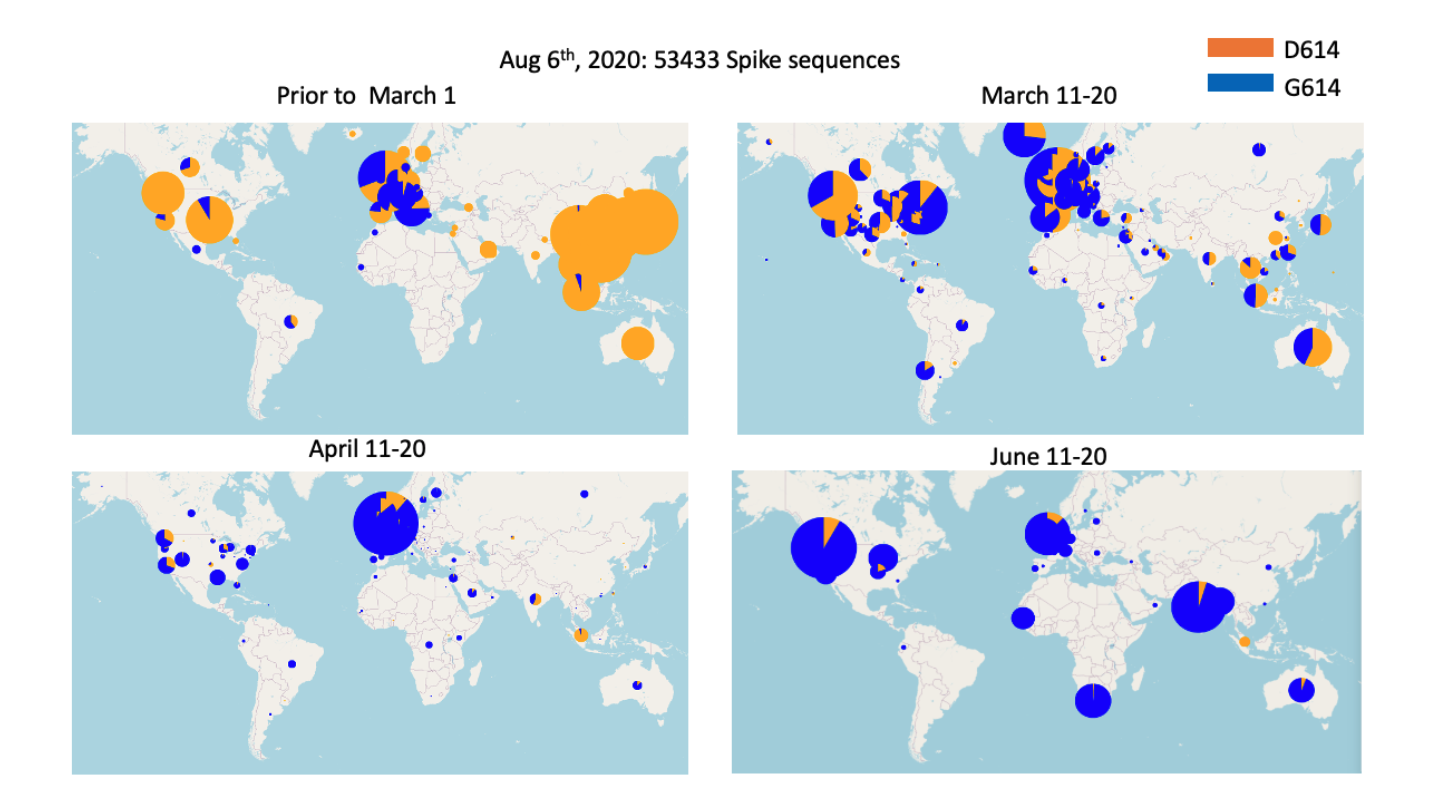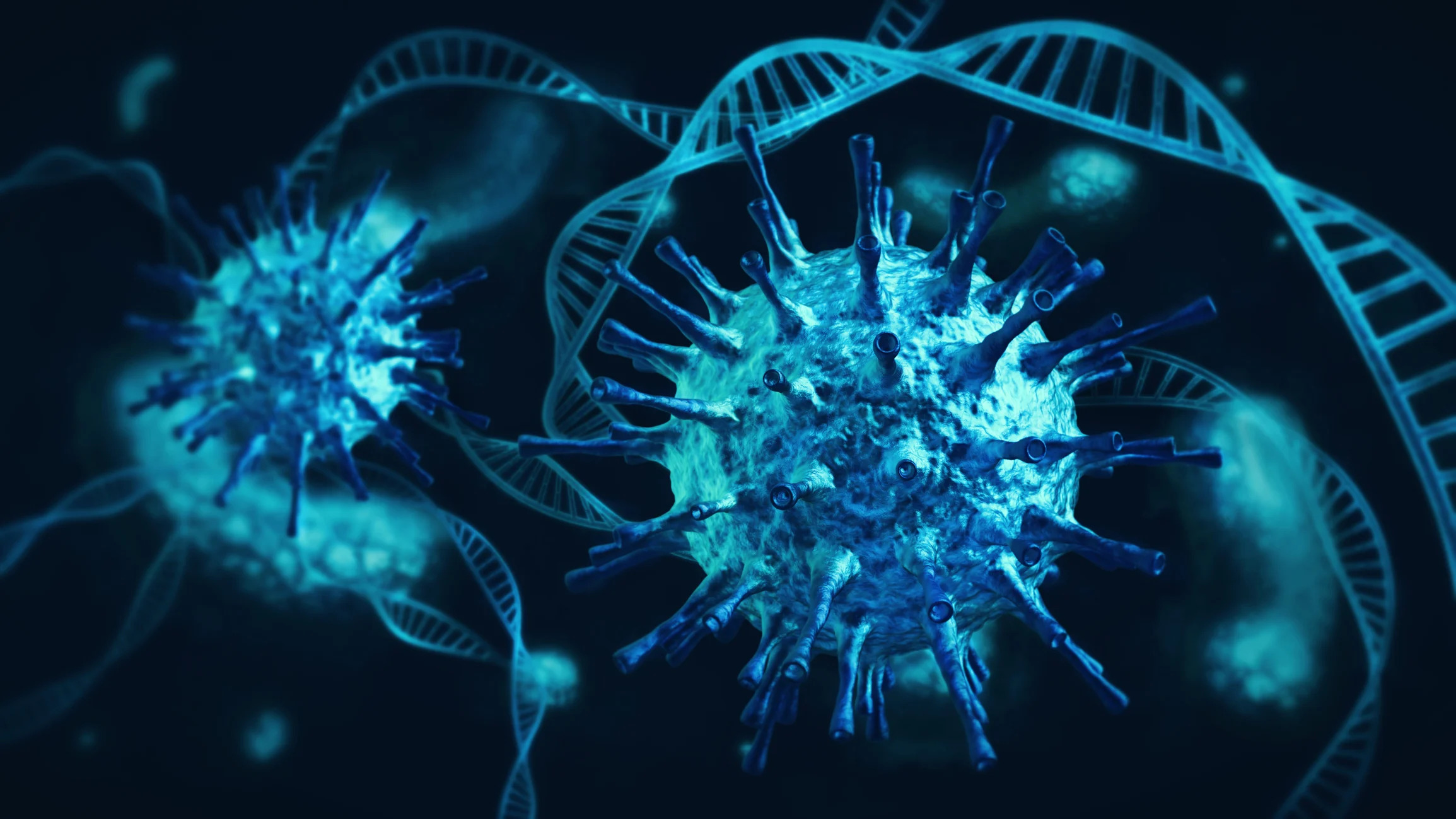When the world started witnessing a significant drop in infection cases, the headline of Coronavirus Variants and different strains overwhelmed most of us. There now seem to be nearly a dozen versions of SARS-CoV-2, which are of differing levels of concern because some are associated with greater infectivity and lethality while some are not. It’s easy to be surprised by this multifariousness and to apprehend that we’ll never attain herd immunity. However, evidence is rising that these variants hold similar orders of mutations. Apparently, this may not be the multifront battle that many are dreading, with an infinite number of different viral variants.
Microbiologists and virologists have turned their focus to learning how SARS-CoV-2 is developing adaptations for multiplying and transmitting in humans. Biologists are often seen using the ‘experimental evolution’ method, wherein they raise varied populations of microbes that originated from the same strain under alike circumstances for weeks or months. They also investigate topics like how antibiotic resistance evolves and how infections become chronic. The dynamism of this approach is that handling multiple populations empowers them to “replay the tape of life” and study how repeatable and ultimately predictable evolution might be.

Basic Sciences have helped in Investigating the Coronavirus Variants
One model we see is called convergent evolution, where the same quality emerges in several independent families over time, ordinarily as they adjust to related settings. Some of the best instances of convergent evolution constitute the sandy colour of several desert animals; lobed fins for whales, walruses, and manatees (which are actually distantly associated); and also the capacity of humans to assimilate lactose into adulthood, which occurred numerous times in geographically secluded populations.
In the case of SARS-CoV-2, the entire genome chains of viruses from thousands of subjects allow us to study connecting models. While most variations are one-offs that go obsolete, some set new families that grow more prevalent as the virus thrives in replicating and infecting many people. It is the same part of the virus that frequently mutates in diverse samples around the world and becomes more frequent, this mutation very likely encodes an adaptation that encourages the virus to multiply and transmit.
Coronavirus Variants resemble a Ticking Bomb!
With the advantage of improved genome monitoring of the coronavirus variants, numerous current studies have recognised signatures of convergent evolution. In the U.S.ont of the laboratories found at least seven genetically independent families that gained a mutation at one special spot on the virus’s infamous spike protein, the one it uses to lock onto human cells. Spike has a series of connected amino acids, and the mutation transpires at position number 677. In the initial SARS-CoV-2 this is the amino acid glutamine, shortened as Q.
In six genealogies, this Q mutated to a different amino acid, histidine (H) and is designated as 677H. In the seventh family, Q mutated to a different amino acid, proline (P). Each lineage too has a mutation called S:614G, which was the primary notable variation in the virus to be recognised months ago and expanded so widely it is now detected in 90 per cent of all infections. They are named after common birds—“robin,” for example, and “pelican” —to aid distinguish and trace them, and also to avoid creating bias by identifying them after the regions where they were first discovered.
One approach to envisioning this type of convergent evolution is as a game of Tetris, where a restricted number of building pieces can be grouped in different ways, in different sequences, to achieve the likewise winning structures. For example, it is now identified that the sequence of mutations in B.1.1.7 makes it remarkably contagious and that the B.1.351 family can dodge antibodies because of E484K.
Because several recently identified coronavirus variants appear to be imitating the mutations found in other variants discovered in the initial period, with this we can speculate that the virus is working to run out of fresh, major adaptations. But this doesn’t imply that that the powers of evolution will halt as we commence to approach herd immunity and relax restrictions. History narrates to us that viruses can evolve swiftly to dodge barriers to transmission, especially when infections cover large populations. We need to realise that the more infections there are, the more chance mutations will occur, and those that best help the virus to survive will propagate. This is why preventing new infections is key. These viral modifications are already editing our biology textbooks on convergent evolution; let’s aim to limit new material.

Countries Recognised the Need and Significance of Scientific infrastructure
It’s also demanding that we make meaningful investments in creating an early-warning arrangement to detect new SARS-CoV-2 variants as well as many other rising pathogens, both recognised and yet to be discovered. Viral genome inspection and sequencing is the solution. The reason why several variants have been identified in the U.K. is because of ideological investments by researchers and state health executives in these technologies.
In the U.S., a notable investment of money to the CDC from the recent federal stimulus package is already improving the numbers with which researchers can sequence and interpret virus samples. This must be supported by strengthening the federal health expertise and research foundation to decode genetic variations in the virus and predict the need for future vaccine modifications. It was fundamental science that offered hope in this pandemic through new vaccine technology; and given renewed assistance, it will also be our guardian against future threats.




I’ve been browsing on-line more than 3 hours these days, but I never discovered any attention-grabbing article like yours.
It is lovely value sufficient for me. Personally, if
all web owners and bloggers made excellent content as you did, the net shall
be much more helpful than ever before.
What’s up i am kavin, its my first time to commenting anywhere, when i read this article i thought
i could also create comment due to this sensible article.
[…] always a pandemic hits the world. And not everytime the virus or disease is generalized or its variant be common in everyone’s body. There may be genetic individualities and uniqueness to a particular […]